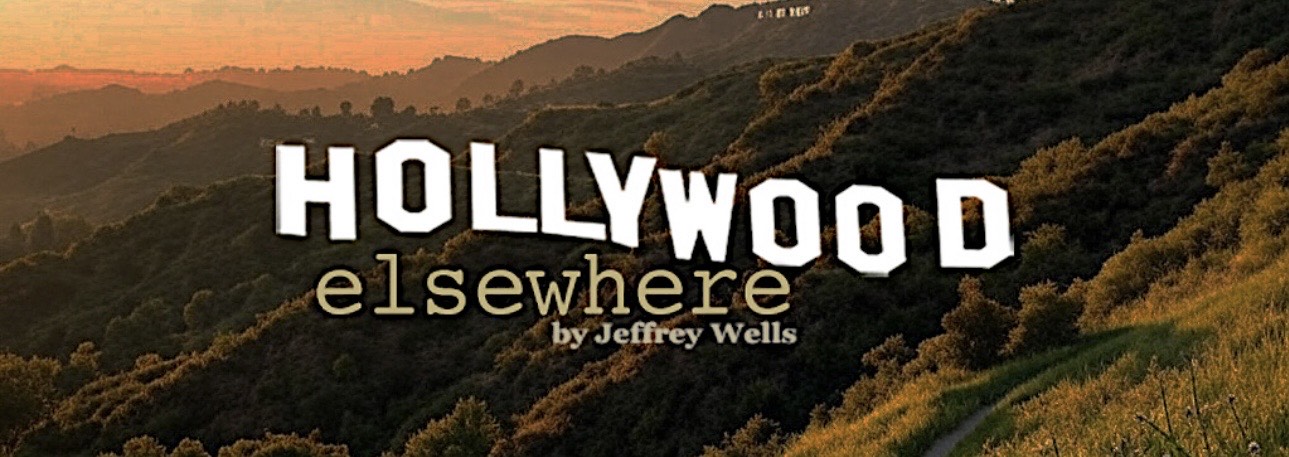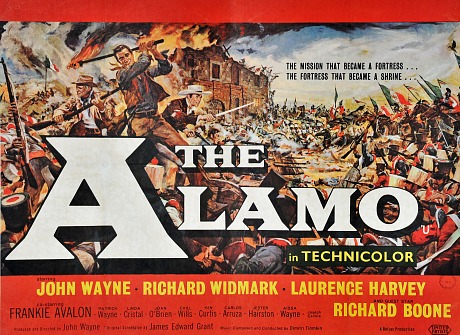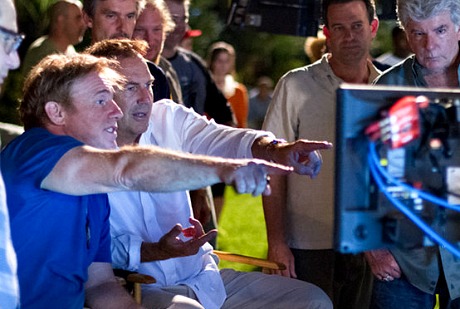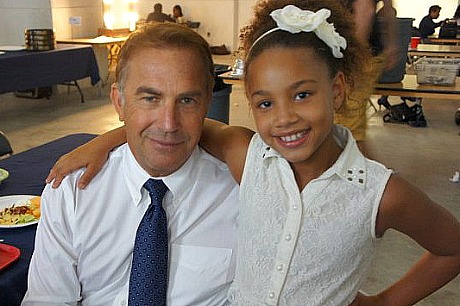The Alamo restoration campaign was idling this week. HE’s effort to gather more signatures of brand-name directors in support of Robert Harris‘s attempt to persuade MGM honchos to allow an independently-funded restoration of 65mm elements was…well, awaiting the next adrenaline shot. Darren Aronfosky, JJ Abrams, Guillermo del Toro, Alfonso Cuaron, Rian Johnson, Alejandro Gonzalez Inarritu, Bill Paxton, Bob Gale and Matt Reeves were still wearing Team Alamo T-shirts, so to speak, but others were thinking it over. And then something happened. I heard about an article being prepared about the Alamo situation for a major publication, and then a friend graciously suggested that I write MGM’s p.r. reps at Rubenstein Public Relations for a clarification of MGM’s position.
And then late Wednesday afternoon the Rubenstein guys passed along an official statement from Beverly Faucher, MGM’s VP of Asset Management and Delivery Services, and here’s what it said:
“We are proud to say that the original 65 mm theatrical elements of The Alamo are in fine condition and are not in need of restoration. We are currently restoring the additional 20 minutes found in the 70 mm ‘roadshow’ version of the film. Once this process is complete, all of the elements of the original content will be intact and there will not be a need for further restoration of the film at this time.”
I’m sorry, but as I was reading the above my eyeballs popped out of their sockets and went boiiinnnnggg!
I sent along Ms. Faucher’s statement to Harris, and he replied Wednesday night around 9 pm. For reasons best not explained I decided yesterday morning to hold this article for a day or so, but no longer. Here is Harris’s reply, chapter and verse:
“I have no idea where Ms. Faucher is getting her information, but beyond the oddly worded comment of ‘currently restoring the additional 20 minutes’, which I can’t comment upon, not one of her statements rings true.
“Everything is incorrect.
Read more



